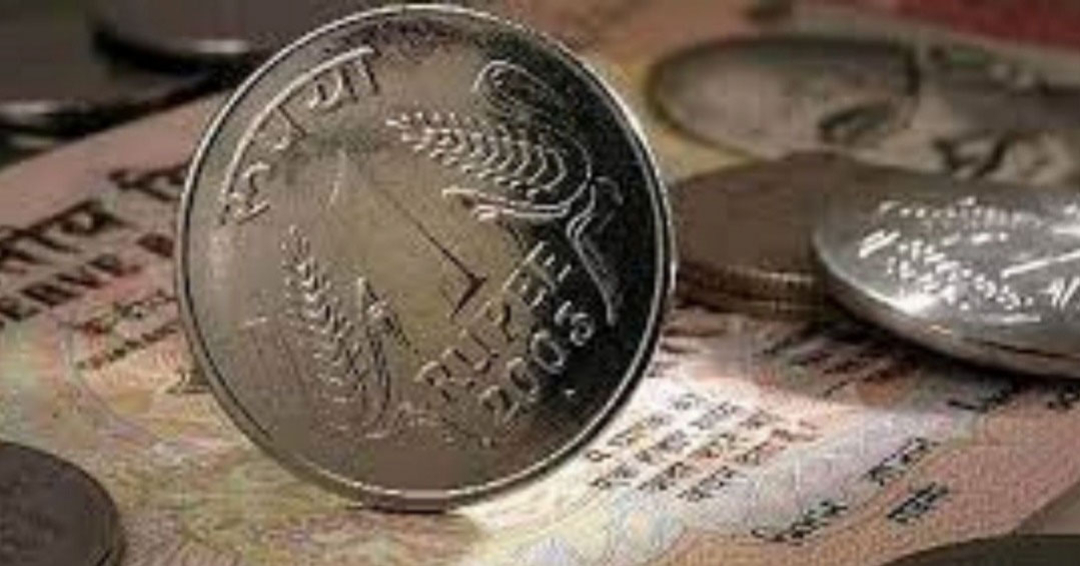This write-up is contributed by Mr. Sugato Roy.
You are holding a Rs 2000/ Indian Rupee note and wondering whether you are holding the highest denomination of Indian currency. Probably you are appreciating the intricate colour scheme where the pink hue is dominant. In both thoughts, you are wrong. The history and the particulars of the Indian Rupee are simply stupendous. It is as interesting as watching paint dry. The specifics and the anecdotes of Indian money are simply mystifying. The Indian currency is one of the sought-after in the world and as of today, the Euro to Indian Rupee conversion rate is Rs 82.95. The Dollar to Indian Rupee conversion rate is Rs 79. Let us hope for the best that in the coming months both the Euro to Indian Rupee conversion rate as well as the Dollar to Indian Rupee conversion rate will be in a much more comfortable shape.
Now cutting to the chase, we dig into some of the incredible facts about the Indian Rupee.
History
- The term Rupee comes from Sanskrit meaning shaped silver. We can infer that this denotes the silver coin.
- Rs 10000 has been the highest denomination of Indian currency. Printed twice once in 1938 and again in 1954, it was demonetised in 1946 and 1978. This particular Indian Rupee is not in circulation anymore.
- Many of us will recall coins in the denomination of 1, 2, 3,5, 10, 20 and 25 paise. They were withdrawn after 2011.
- Indian Rupee has come of age. In 2010, Mr D Udaya Kumar stood first in designing the current Indian Rupee in a tough graphic design competition.
- The authorities have issued high-value Indian currencies in the past. We cite the issuances of Rs 75 coins to commemorate the 75th anniversary of the RBI. In 2011, the RBI released an Rs150 coin to mark the 150th Birth Anniversary of Gurudev Rabindranath Tagore.
- The country in 2012, issued for the first time, a Rs 1000 denomination coin which was, the highest in the history of the Indian currency to mark the millennium of the Brihadwiswara Temple of Tamil Nadu.
- We have always wondered about the fate of the soiled notes of the Indian Rupee. The noted activist, Mr Manoranjan Ray mentioned that between 2001 to 2011, soiled notes, mutilated, disfigured or torn were all shredded and re-cycled into novelties like pen stands, paperweights, key chains and coasters.
Other engrossing facts
- The printing process of the Indian Rupee is extraordinary. Contrary to popular belief, Indian currencies are made from pulp containing cotton, balsam, polyvinyl alcohol or gelatine and blended with special dyes. There is a content of silk in it. The authorities have deliberately kept the proportion of the mixture of the contents strictly classified for security reasons The portion of cotton and special dyes in the Indian money help in enhancing the resilience of the Indian currency notes.
- The coins of the Indian currency are minted at four mints namely Kolkata, Mumbai, Hyderabad and Noida by the Security Printing and the Minting Corporation of India. There are certain distinct symbols on the coins. One can easily determine where the particular coins have been minted from these symbols. For example, a coin minted at Kolkata has no marks. Coins from the Noida mint will have a round dot below the year. A diamond symbol with the letter B or M means that the coin is from the Mumbai mint. Coins minted at Hyderabad have a star, split diamond or a dot on the diamond.
- The Hyderabad mint on an RTI query has revealed that the production cost of Re 1 is Rs 1.11. However, the production costs of Rs 2, Rs 5 and Rs 10 are lesser than their face value.
- The visage of the Indian Rupee contains fifteen of the major Indian languages in the language panel notifying the denomination of that particular note.
- The RBI Governor signs the Indian currency notes of all denominations except Rs 1/ The Finance Secretary of the Central Government gives the go-ahead for Re 1 /coins.
The new unique distinctive features of our Indian Rupee are the angular bleed lines and the new numbering pattern.

Mr. Sugato Roy
GRADUATE FROM ST XAVIER’S COLLEGE AND POST GRADUATE FROM THE UNIVERSITY OF CALCUTTA, SPECIALIZING IN MARKETING MANAGEMENT AND ADVERTISING MANAGEMENT. PROFESSIONAL EXPERIENCE OF 24 YEARS IN VARIOUS CAPACITIES IN ADVERTISING AND PUBLISHING INDUSTRY. HAS BEEN AWARDED FOR LIFETIME ACHIEVEMENT IN ADVERTISING AND PUBLICITY MANAGEMENT.

It’s a good info Article needs to be known.You well placed lots of fine details.I too have these high denomination coins in my collection.There were many more such denomination other then 100, 150 and 1000/ .
Keep posting,I learn a lot from your writeups.God Bless you power to pin more article.
Very much informative article. Excellent write up. Looking forward for your next article.
Thank you for the informations.
Got to know many things about Indian currency .
Quite interesting
Very informative
Get to know lot of things